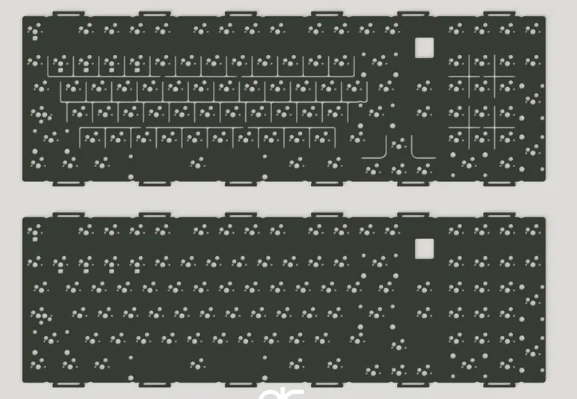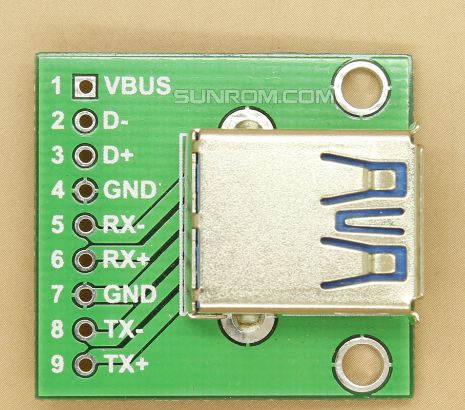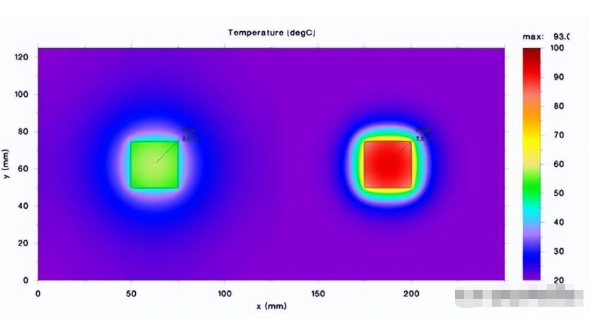I-speed pcb material
Advantages Of Using I-Speed PCB Material In High-Frequency Applications
I-Speed PCB material has emerged as a significant advancement in the realm of high-frequency applications, offering a multitude of advantages that cater to the demanding requirements of modern electronic devices.
One of the primary benefits of using I-Speed PCB material is its exceptional thermal performance.
This material is designed to withstand high temperatures, which is crucial for high-frequency applications where heat generation can be substantial. By maintaining stability under thermal stress, I-Speed PCB material ensures the reliability and longevity of electronic components, thereby reducing the risk of failure and the need for frequent maintenance.
In addition to its thermal resilience, I-Speed PCB material exhibits excellent electrical properties.
It has a low dielectric constant and low dissipation factor, which are essential for minimizing signal loss and ensuring signal integrity at high frequencies. These properties enable the material to support faster signal transmission with minimal interference, making it ideal for applications such as telecommunications, aerospace, and advanced computing systems. The ability to maintain signal integrity is particularly important in these fields, where even minor disruptions can lead to significant performance issues.
Moreover, I-Speed PCB material offers superior mechanical strength and durability.
This robustness is vital for high-frequency applications that often involve complex and densely packed circuit designs. The material’s mechanical properties allow it to withstand the physical stresses associated with manufacturing processes, such as drilling and lamination, without compromising its structural integrity. Consequently, this durability translates to higher yields during production and a reduction in manufacturing defects, which can be costly and time-consuming to address.
Another noteworthy advantage of I-Speed PCB material is its compatibility with lead-free soldering processes.
As environmental regulations continue to tighten, the electronics industry is increasingly moving towards lead-free manufacturing practices. I-Speed PCB material’s ability to perform well under lead-free soldering conditions ensures that it meets these regulatory requirements without sacrificing performance. This compatibility not only supports environmental sustainability but also aligns with industry trends, making it a forward-thinking choice for manufacturers.
Furthermore, the material’s low coefficient of thermal expansion (CTE) is a critical factor in its suitability for high-frequency applications.
A low CTE ensures that the material expands and contracts minimally with temperature changes, reducing the risk of thermal-induced stress and potential damage to the PCB and its components. This stability is particularly beneficial in applications that experience wide temperature variations, such as automotive electronics and outdoor communication systems.
In terms of cost-effectiveness, I-Speed PCB material offers a balanced solution.
While it may not be the cheapest option available, its combination of thermal stability, electrical performance, mechanical strength, and environmental compliance provides a high return on investment. The reduced need for repairs, lower defect rates, and compliance with regulatory standards contribute to overall cost savings in the long run.
In conclusion, the advantages of using I-Speed PCB material in high-frequency applications are manifold. Its exceptional thermal performance, superior electrical properties, mechanical strength, compatibility with lead-free processes, and low coefficient of thermal expansion make it an ideal choice for a wide range of demanding applications. By ensuring reliability, signal integrity, and compliance with environmental standards, I-Speed PCB material stands out as a robust and forward-looking solution in the ever-evolving landscape of high-frequency electronics.
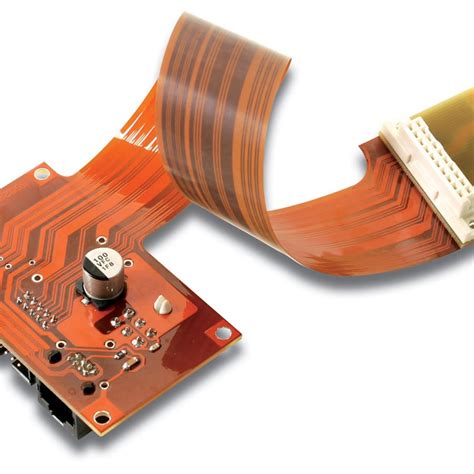
Comparing I-Speed PCB Material To Traditional FR4: Performance And Cost
When comparing I-Speed PCB material to traditional FR4, it is essential to consider both performance and cost, as these factors significantly influence the choice of materials in printed circuit board (PCB) manufacturing. I-Speed, a high-performance laminate material, has been gaining traction in the electronics industry due to its superior properties. However, traditional FR4 remains a popular choice due to its cost-effectiveness and adequate performance for many applications. Understanding the differences between these materials can help manufacturers make informed decisions.
To begin with, I-Speed PCB material offers enhanced electrical performance compared to traditional FR4.
One of the key advantages of I-Speed is its lower dielectric constant (Dk) and dissipation factor (Df). These properties are crucial for high-frequency applications, as they minimize signal loss and ensure signal integrity. In contrast, FR4, with its higher Dk and Df, may not perform as well in high-speed and high-frequency environments. Consequently, I-Speed is often preferred for advanced applications such as telecommunications, aerospace, and high-speed computing, where maintaining signal integrity is paramount.
Moreover, I-Speed exhibits superior thermal performance, which is another critical factor in PCB material selection.
The material’s higher glass transition temperature (Tg) and decomposition temperature (Td) allow it to withstand higher operating temperatures without degrading. This thermal stability is particularly beneficial in applications where PCBs are subjected to harsh environmental conditions or high power densities. Traditional FR4, while adequate for many standard applications, may not offer the same level of thermal resilience, potentially leading to reliability issues in demanding environments.
In addition to electrical and thermal performance, mechanical properties also play a significant role in the choice of PCB materials.
I-Speed demonstrates excellent mechanical strength and dimensional stability, which are essential for maintaining the structural integrity of PCBs during manufacturing and operation. These properties help prevent issues such as warping, delamination, and mechanical failure. While FR4 also provides reasonable mechanical performance, it may not match the robustness of I-Speed in more rigorous applications.
Despite the clear performance advantages of I-Speed, cost considerations cannot be overlooked.
Traditional FR4 remains a cost-effective solution for many PCB applications, making it an attractive option for manufacturers looking to balance performance and budget constraints. The lower material cost of FR4 can result in significant savings, especially in high-volume production runs. Consequently, for applications where the enhanced performance of I-Speed is not critical, FR4 continues to be a viable and economical choice.
Furthermore, the manufacturing processes for I-Speed and FR4 are relatively similar, which means that transitioning from one material to the other does not require significant changes in production techniques.
However, the higher cost of I-Speed material itself can impact the overall cost of the final product. Therefore, manufacturers must carefully evaluate the specific requirements of their applications to determine whether the performance benefits of I-Speed justify the additional expense.
In conclusion, the decision between I-Speed PCB material and traditional FR4 hinges on a careful assessment of performance needs and cost considerations. I-Speed offers superior electrical, thermal, and mechanical properties, making it ideal for high-performance and demanding applications. On the other hand, traditional FR4 remains a cost-effective and reliable choice for many standard applications. By weighing the advantages and limitations of each material, manufacturers can make informed decisions that align with their technical requirements and budgetary constraints.
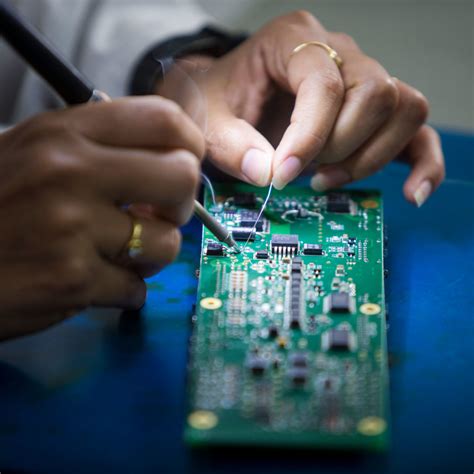
How I-Speed PCB Material Enhances Signal Integrity In Complex Circuits
In the realm of modern electronics, the demand for high-speed and high-frequency applications has necessitated the development of advanced materials that can support these requirements. One such material that has gained prominence is the I-Speed PCB material. This advanced substrate is specifically engineered to enhance signal integrity in complex circuits, thereby ensuring optimal performance and reliability.
To begin with, signal integrity is a critical aspect in the design and functionality of high-speed circuits.
It refers to the quality and reliability of electrical signals as they travel through the PCB (Printed Circuit Board). Poor signal integrity can lead to data loss, signal degradation, and overall system failure. Therefore, selecting the right PCB material is paramount to maintaining the integrity of these signals.
I-Speed PCB material stands out due to its superior electrical properties.
It exhibits a low dielectric constant (Dk) and low dissipation factor (Df), which are essential for minimizing signal loss and ensuring high-speed signal transmission. The low dielectric constant reduces the delay in signal propagation, while the low dissipation factor minimizes energy loss as the signal travels through the PCB. Consequently, these properties contribute to maintaining the fidelity of high-frequency signals, which is crucial for applications such as telecommunications, data centers, and advanced computing systems.
Moreover, the thermal performance of I-Speed PCB material is another significant factor that enhances signal integrity.
High-speed circuits often generate substantial amounts of heat, which can adversely affect signal quality and the overall performance of the PCB. I-Speed material is designed to offer excellent thermal stability, ensuring that the PCB can withstand high temperatures without compromising signal integrity. This thermal stability is achieved through a combination of advanced resin systems and reinforcement materials, which provide a robust and reliable substrate for high-speed applications.
In addition to its electrical and thermal properties, I-Speed PCB material also offers superior mechanical performance.
The material exhibits high dimensional stability, which is crucial for maintaining the precise alignment of circuit traces and components. This stability ensures that the physical structure of the PCB remains intact, even under the stress of thermal cycling and mechanical vibrations. As a result, the risk of signal distortion due to mechanical deformation is significantly reduced, further enhancing the overall signal integrity.
Furthermore, the compatibility of I-Speed PCB material with advanced manufacturing processes is another advantage that cannot be overlooked.
The material is designed to be compatible with high-density interconnect (HDI) technology, which is commonly used in the fabrication of complex, multi-layer PCBs. This compatibility allows for the integration of more components and finer traces, enabling the design of compact and efficient high-speed circuits. The ability to support HDI technology ensures that I-Speed PCB material can meet the demands of modern electronic applications, where space and performance are critical considerations.
In conclusion, the I-Speed PCB material offers a comprehensive solution for enhancing signal integrity in complex circuits. Its superior electrical properties, excellent thermal performance, high mechanical stability, and compatibility with advanced manufacturing processes make it an ideal choice for high-speed and high-frequency applications. By ensuring the reliable transmission of signals, I-Speed PCB material plays a pivotal role in the performance and reliability of modern electronic systems, thereby meeting the ever-evolving demands of the industry.

The Role Of I-Speed PCB Material In Modern Electronics Manufacturing
In the rapidly evolving landscape of modern electronics manufacturing, the selection of appropriate materials is paramount to achieving optimal performance and reliability. One such material that has garnered significant attention is i-speed PCB material. This advanced substrate is engineered to meet the stringent demands of high-speed and high-frequency applications, making it an indispensable component in the production of cutting-edge electronic devices.
To understand the significance of i-speed PCB material, it is essential to first appreciate the challenges faced by contemporary electronics.
As devices become more compact and functionalities more complex, the need for materials that can support higher data rates and frequencies without compromising signal integrity has become critical. Traditional PCB materials often fall short in this regard, leading to issues such as signal loss, electromagnetic interference, and thermal management problems. Consequently, the industry has turned to specialized materials like i-speed to address these challenges.
i-speed PCB material is characterized by its superior electrical properties, which include low dielectric constant (Dk) and low dissipation factor (Df).
These attributes are crucial for maintaining signal integrity at high frequencies, as they minimize signal loss and ensure efficient transmission of electrical signals. Moreover, the material’s low Dk and Df values contribute to reduced crosstalk and electromagnetic interference, which are common issues in densely packed electronic circuits. By mitigating these problems, i-speed PCB material enhances the overall performance and reliability of electronic devices.
In addition to its electrical properties, i-speed PCB material also boasts excellent thermal management capabilities.
As electronic devices operate at higher speeds and power levels, effective heat dissipation becomes increasingly important to prevent overheating and ensure longevity. i-speed material is designed to offer high thermal conductivity, which facilitates efficient heat transfer away from critical components. This property not only helps in maintaining optimal operating temperatures but also contributes to the overall durability and reliability of the device.
Furthermore, the mechanical properties of i-speed PCB material make it well-suited for modern manufacturing processes.
Its robust structure provides excellent dimensional stability, which is essential for maintaining precise alignment and spacing of circuit traces during fabrication. This stability is particularly important in high-density interconnect (HDI) designs, where even minor deviations can lead to significant performance issues. Additionally, i-speed material exhibits good resistance to moisture and chemical exposure, ensuring long-term reliability in various environmental conditions.
The adoption of i-speed PCB material is not limited to a specific sector;
it spans a wide range of applications, from telecommunications and data centers to automotive and aerospace industries. In telecommunications, for instance, the demand for faster data transmission and higher bandwidths necessitates the use of materials that can support these requirements without degradation. Similarly, in the automotive industry, the rise of advanced driver-assistance systems (ADAS) and electric vehicles (EVs) calls for materials that can handle high-speed data processing and power management.
In conclusion, i-speed PCB material plays a pivotal role in modern electronics manufacturing by addressing the critical challenges associated with high-speed and high-frequency applications. Its superior electrical, thermal, and mechanical properties make it an ideal choice for a wide range of industries seeking to enhance the performance, reliability, and longevity of their electronic devices. As technology continues to advance, the importance of selecting the right PCB material will only grow, solidifying i-speed’s position as a cornerstone of contemporary electronics manufacturing.

